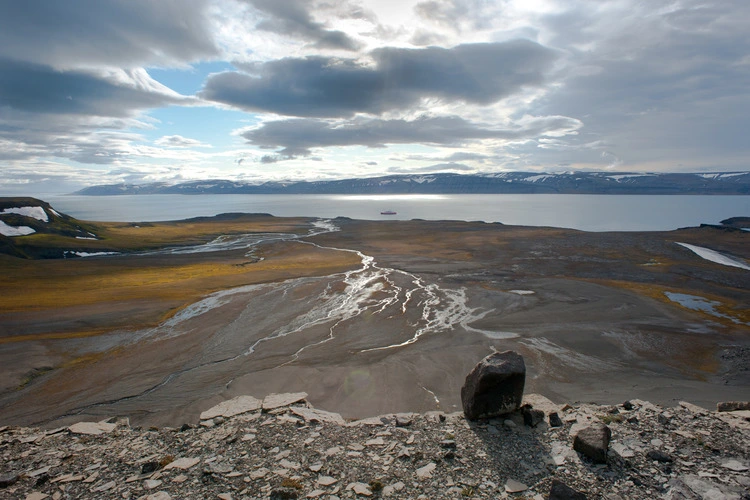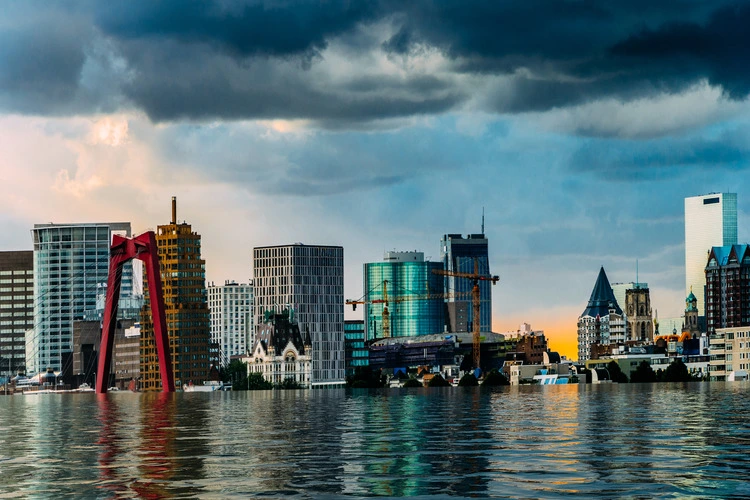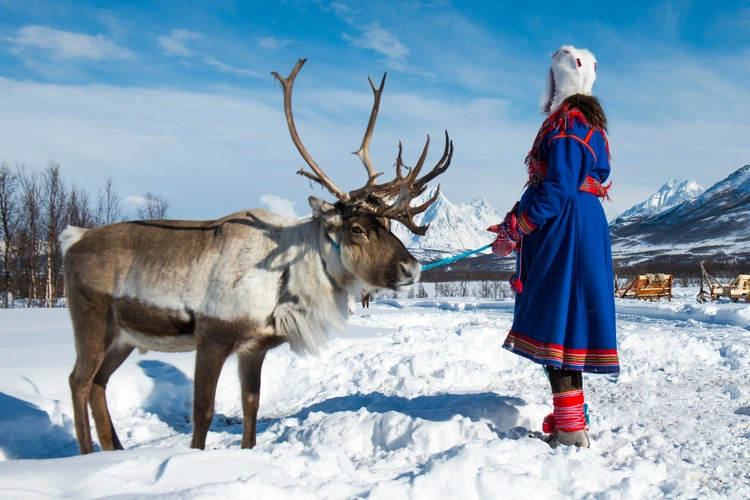
Discover the reality of life on Earth with a melted Arctic – which could be coming sooner than you think
By
The Arctic is one of the most sensitive regions in the world to climate change, seeing drastic changes in ice cover over the last number of decades. Continued thawing of the landscape’s ice is expected to have substantial impacts on not only the environment but also humans and geopolitics.
With the Arctic expected to fully melt during the summer in just a couple of decades, scientists are growing increasingly concerned about the effects that thawing could have on our world. But what changes could this vast region experience if it were to completely melt?
Sea level rise

Sea level rise is one of the most well-known consequences of Arctic thawing. As the Arctic holds huge volumes of frozen freshwater, melting could have a significant impact on sea level. Greenland’s ice sheet alone holds approximately six metres of sea level rise potential if it were to melt completely.
Rising sea levels could have disastrous effects on low-lying coastal cities and islands across the globe, making them more vulnerable to flooding, erosion and storm surges. Infrastructure such as ports, transport networks and homes are all at risk, with huge economic losses in potential damage.
Due to ocean currents, it is thought that populations furthest from the Arctic will see the biggest changes in sea level rise due to melting. Coastal regions of South America and Southeast Asia are two regions that are projected to be most impacted.
Disruption of ecosystems

A complete Arctic thaw would disrupt several ecosystems that are dependent on cold temperatures and ice cover. Some species which depend on sea ice for hunting, breeding and migration such as polar bears, seals and walruses could see declines in population as they struggle to survive the changing conditions.
Warmer temperatures could see a migration of species northwards, changing the biodiversity of the Arctic and increasing competition for food sources.
Methane and carbon dioxide release
A thawing Arctic will promote the release of greenhouse gases including methane and carbon dioxide. Permafrost is ground that is permanently frozen for two years or more and acts as an effective carbon sink, preventing organic material and gases from escaping into the atmosphere.
Methane in particular is a highly potent greenhouse gas, with a 25 times higher warming potential than carbon dioxide. Both gases could contribute to further Arctic warming and make the region even more vulnerable to climate change.
By 2100, between 16 and 24 per cent of permafrost in the Arctic will have degraded, releasing potent gases into the atmosphere.
Disrupted ocean currents
Arctic sea ice plays a major role in thermohaline circulation, which is the circulation of ocean water that helps distribute heat around the world.
Without the ice, the temperature difference between the Arctic and the tropics would decline significantly, potentially weakening this circulation system. Melting ice will also contribute huge volumes of freshwater into the oceans, which could affect ocean salinity, further disrupting the currents.
These changes could bring fluctuations to weather patterns, particularly in Europe and North America, leading to more extreme weather events such as heatwaves, floods and storms.
New shipping routes

Arctic thawing will lead to the opening of new shipping routes and is one of the biggest geopolitical consequences of climate change in the region. Ice loss in the region will make routes such as the Northern Sea Route along Russia’s northern coast and the Northwest Passage through Canada’s Arctic archipelago much simpler.
The opening of the Transpolar Sea Route for commercial use, which is currently only accessible by heavy icebreakers, is highly anticipated by several countries including China. This route gives direct access between the Arctic and Pacific Oceans, skipping all national jurisdictions.
Improved accessibility of these routes would significantly decrease shipping times from Europe to Asia and vice versa, cutting reliance on the Suez and Panama canals. It is expected that many trade routes will change, with several nations disputing control over the new pathways.
Countries such as Russia, Canada, the US, and Norway will likely want to manage these routes and gain control of the waters they pass through, leading to tensions among them.
Resource accessibility
The Arctic is known to possess huge reserves of natural resources, which have largely been untouched, including oil, natural gas, minerals and rare elements. Melting ice will open access to areas which many countries and companies would be eager to exploit.
It is thought that around 13 per cent of the world’s undiscovered oil and 30 per cent of its undiscovered gas is housed in the Arctic, making it a highly desired region for energy development. However, the extraction of these resources will likely cause further environmental degradation and irreversible damage through oil spills, habitat destruction and further gas emissions.
Indigenous rights and livelihoods

Arctic thaw also involves indigenous communities that have lived in the region for thousands of years. Indigenous peoples, such as the Inuit in Canada, Greenland, and Alaska and the Sámi in northern Scandinavia, have long relied on the Arctic environment for their livelihoods.
As the Arctic thaws, their traditional ways of life, including hunting, fishing, and reindeer herding, are increasingly threatened. Such communities will become victims of displacement if their homes are exposed to increasing sea levels and changing ecosystems. The growing possibility of extraction and development of natural resources will further the potential loss of traditional lands and cultural erosion.
The cultural rights of Indigenous groups in the Arctic have long been fought for, but if Arctic thawing continues at the rate expected, there will be greater pressure to ensure that their voices are heard and their rights protected from industrial development and climate change.
Military tensions
If the Arctic were to completely thaw, there would likely be a huge military advancement in the region. As ice disappears, the new shipping lanes and resource-rich areas will become more strategically important, with many nations enhancing their military presence to protect their interests.
Russia has already begun investing in military infrastructure in the Arctic, including new radar systems, military bases and icebreakers. Their bases inside the Arctic Circle outnumber NATO’s by about a third, making them the most dominant power in the region currently. However, China, the US and NATO have also ramped up their presence. The growing militarisation of the Arctic creates the potential for conflict over territorial disputes.




